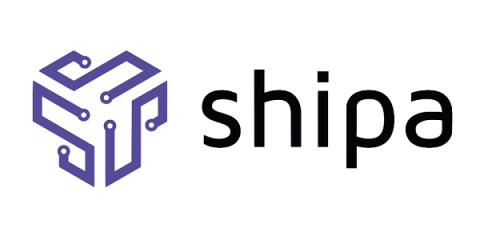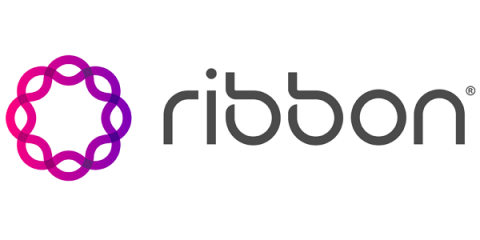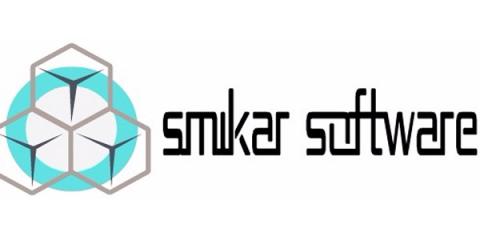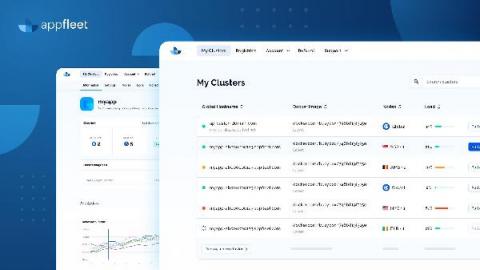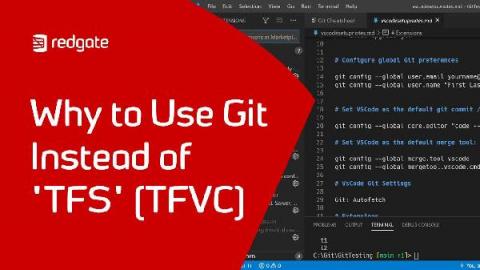A real-world application deployment on Kubernetes
CEO and Founder, Shipa Corp We see people talking more and more about Kubernetes these days, and if I have to guess, these conversations will continue to grow. Still, the reality is that most enterprise companies are just starting to explore Kubernetes, or they are at the very early stages of scaling it. As you deploy production-grade apps on Kubernetes, both developers and DevOps teams realize that operationalizing applications on Kubernetes can be way more complicated than expected.


